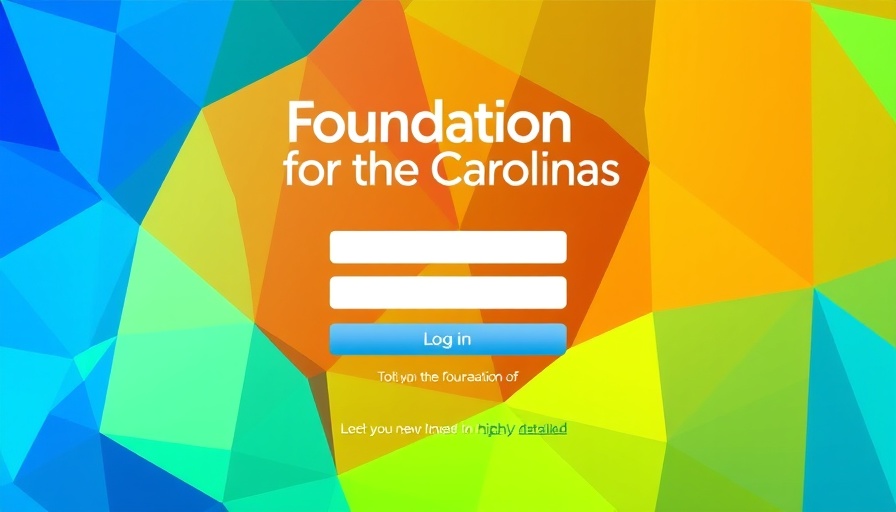
SEO Keyword: Nonprofit Business Agility
In the current economic climate, nonprofit organizations find themselves confronting challenges reminiscent of the COVID-19 pandemic, yet facing unique circumstances that demand adaptation and resilience. The nonprofit landscape, particularly in Charlotte, serves as a microcosm for broader national trends.
In Nonprofit Business Agility Series - Session 1, the discussion dives into the evolving landscape of nonprofits, exploring key insights that sparked deeper analysis on our end.
Revisiting the Nonprofit Landscape
The video titled Nonprofit Business Agility Series - Session 1 offers insightful perspectives on the shifting dynamics nonprofits are experiencing, amplified by the conversation surrounding funding cuts and resource allocation. This series highlights essential themes such as community collaboration, financial hardship, and the agility required to navigate current challenges. Here, we breakdown how organizations can thrive even amidst uncertainty.
Understanding the Current Reality
Today’s reality is stark—without federal funding, over 14,000 nonprofits could deplete their resources within three months, jeopardizing millions of jobs and critical services. As many leaders mentioned, navigating these tumultuous waters requires transparency and boldness. Lauri Yates Clark from the Foundation for the Carolinas pointed out that the community must adjust and work smarter, utilizing collaboration over competition.
Innovation Out of Chaos
For organizations like Do Greater Charlotte, pivoting from chaos to innovation is vital. Over the past five years, their mission to offer access to creative technologies in under-resourced communities has cultivated a generation of empowered leaders willing to innovate and adapt. This ability to shift their approach is essential in the face of unpredictable funding and shifting priorities.
The Importance of Collaboration
Partnerships have never been more crucial. As speakers shared, collaboration among nonprofits, funders, and community stakeholders fosters resilience. For instance, organizations must communicate not only the hardships they face but also the impact they provide to the community. When nonprofits center their messaging on those they serve, they elevate their necessity.
Building Trust and Community
Building trust is fundamental. Many leaders reflected on the need to engage board members and align with the community’s changing needs while maintaining open lines of communication. Merger and acquisition discussions could emerge as nonprofits look to maximize resources, but these must be approached with care and transparency.
Eyes on the Future: Opportunity and Resilience
As we move closer to the June session of the Agility Series, the focus will be on resilience—how can organizations discover new supports and create impactful partnerships to push forward? The messages shared in the video indicate a collective hopefulness that the nonprofit sector—not just the larger organizations but also the small, grassroots movements—can flourish through community-driven support.
Call to Action
As we navigate this uncertain terrain together, it’s pivotal that every stakeholder aligns efforts to foster innovation, engage in candid conversations, and extend support where it’s needed most. Together, we can fortify our nonprofit community, ensuring its vibrancy and viability for years to come. Join us in contributing to this dialogue and helping shape the path forward.
 Add Row
Add Row  Add
Add 


Write A Comment